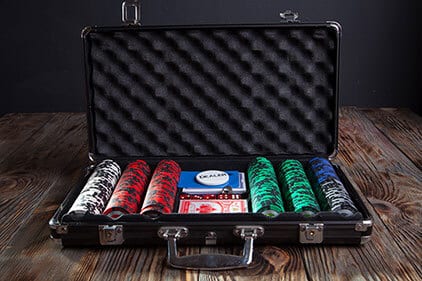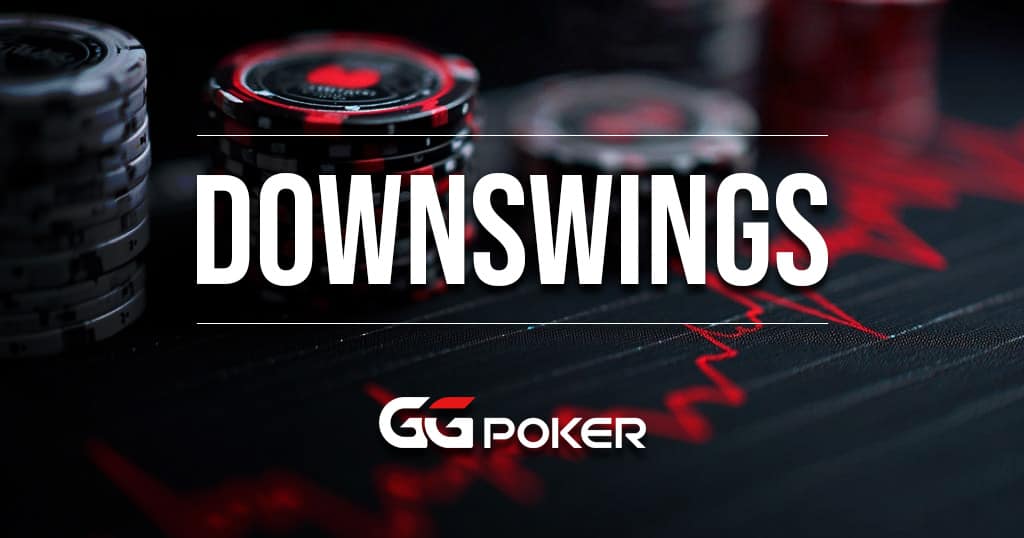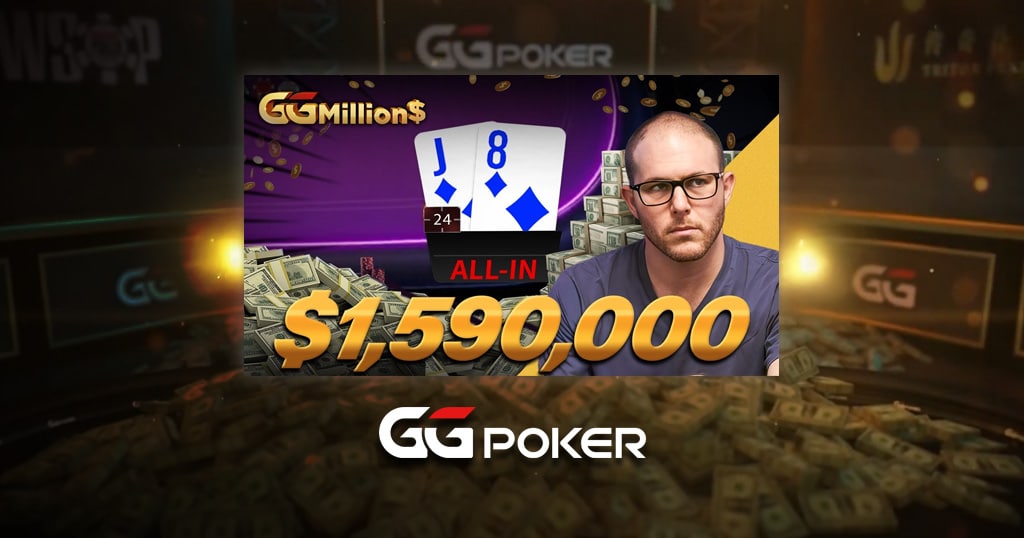How To Host Home Poker Cash Games

The great thing about poker is how versatile it can be. We have million-dollar poker tournaments, like the World Series of Poker, being broadcast worldwide, but the game can just as easily be played casually, at home with family and friends.
While the basic rules of Texas Holdem Poker are easy to learn, the game involves a significant depth of strategy and complexity, making it both accessible and challenging.
This makes poker appealing to nearly everyone, as everyone, competitive or casual, can enjoy it. If you’re a poker fan and have friends or family who are, too, game nights can be fantastic ways to bond and have fun.
Today, this poker guide will help you get started by providing a step-by-step breakdown of how to start hosting cash games at home.
Step 1: Prepare the Necessary Materials
Thankfully, poker’s a simple game, so you won’t need to break the bank to get what you need. You’ll need a standard 52-card deck of playing cards, and depending on the variant, you may choose to include jokers,
The next thing you’ll need is a table to play on. While you don’t need it, a good poker felt makes the game an absolute blast, allowing cards to slide well and adding the immersion. Who doesn’t love sliding a winning hand across the table at the showdown? You can get a premade table with felt or just buy a felt topper and lay it on your table.
Lastly, you’ll need some poker chips. Most chips are made for casino play, so they may represent values too high for home games but you can set the values of each poker chip to be any agreed upon value.
With these three things along with the players, you’re all set to play the game! However, there are a couple of things that can improve the atmosphere. You can add to the mood with music, and make people feel more at home with some food and drinks. Besides that, it’s all up to you what to do. Plan around who you’ll play with, and keep any special needs in mind.

Step 2: Decide the Variant
Choosing the right poker variant is essential to having a great experience. Most of the time, you really can’t go wrong with Texas Hold’em. Easy to learn and nearly impossible to master, the game just has everything. It provides the opportunity for a lot of action and lets everyone play in their own way. Texas Hold’em and Omaha are classic games that are popular choices for home poker nights.
You can be a fearless daredevil who bluffs at any opportunity or play a more reserved style where you patiently wait for the right time to strike. Other formats may emphasize one part of the game too much and force playstyles to revolve around it, like Pot Limit Omaha and draw games.
Still, don’t be afraid to try other variants, especially if you and your group have played a few times. Sometimes, a new variant can be the perfect way to spice things up if you’re used to playing Hold’em. While Texas Hold’em is the most recognized version, there are various other forms of poker that offer distinct characteristics and can be fun to try. Different variants appeal to different groups of people, like Omaha, for those who like methodical and math-focused games. Variants with jokers as wildcards are also fun and suitable for recreational players.
Step 3: Choose the Stakes
The final thing to consider about the game should be the stakes. You want a good balance of keeping the stakes high enough for players to feel invested in the game and low enough to be able to play regularly.
We recommend starting out with blinds of $0.25/$0.50 or $0.50/$1. These stakes are very popular for home games and appeal to most players. Buy-ins for these stakes range from $20 on the super casual end to $100 for more serious players.
It’s essential to remember that it is never too late to make adjustments to the blinds if necessary. You make the rules, so don’t be afraid to increase or decrease the blinds if the players are not enjoying in the game.

Step 4: Make it a Regular Event!
Finally, once you’ve hosted your first poker game following these steps, you should gauge the interest and see about setting a schedule to make it a regular event! Offering free poker games can attract more players who enjoy competitive play without any financial commitment. The most common setup is a weekly schedule, but you can make it more or less frequent to fit your tastes and schedule. You should also set up and enforce clear start and end times so the games are more organized and players can clear their schedules.
Another great thing about hosting your own games is that you can do whatever you want to spice things up. If you think your games need some fun, throw in some unorthodox rules. You can try out some of the suggestions below.
The Seven Deuce Rule
This rule adds a whole new dimension of fun to the game. It’s a common house rule where if a player manages to win a hand with 2-7, commonly agreed to be the worst starting hand in poker, they receive a bonus amount, usually between two and ten big blinds. Understanding hand rankings and the concept of five card hands is crucial to making strategic decisions in poker.
This is a fun way to make things more interesting that doesn’t require any drastic alterations to the rules of the variant you’re playing (unless it’s lowball poker). Now players are constantly left wondering if the player being aggressive actually has a strong hand or is trying to capitalize with a colossal bluff. Players aim to construct the highest-ranking hands compared to their opponents, making the Seven Deuce Rule an interesting twist. This turns 2-7 from a boring, instant-fold hand into one with the potential for legendary shenanigans.

Straddle Bets
Another rule suited for home games but is commonly found in serious casino games is straddle betting. This is when a player adds an additional preflop bet, the straddle, to the hand. It works the same as a blind; all players must respond to the bet, and the straddler can raise if the straddle is called or raised. Players also have the option to go ‘all in’, betting all their remaining money or chips during any round, adding excitement to the game.
The primary effect of straddling is to increase the game’s stakes. It’s as if you added a blind and increased the big blind bet to the amount of the straddle. This makes the game more unpredictable and exciting, and you can see how players will change their strategy to account for the reduced stack sizes, as compared to the blinds. Betting begins after certain actions, such as dealing cards, which triggers players to make decisions about their bets based on the cards they hold and the community cards revealed.
You’ll often see players who are behind straddling as a sort of desperation measure, forcing the pot to be much larger so they can “recoup” their earnings. While this often has the opposite effect, it’s guaranteed to make the game feel more interesting.





